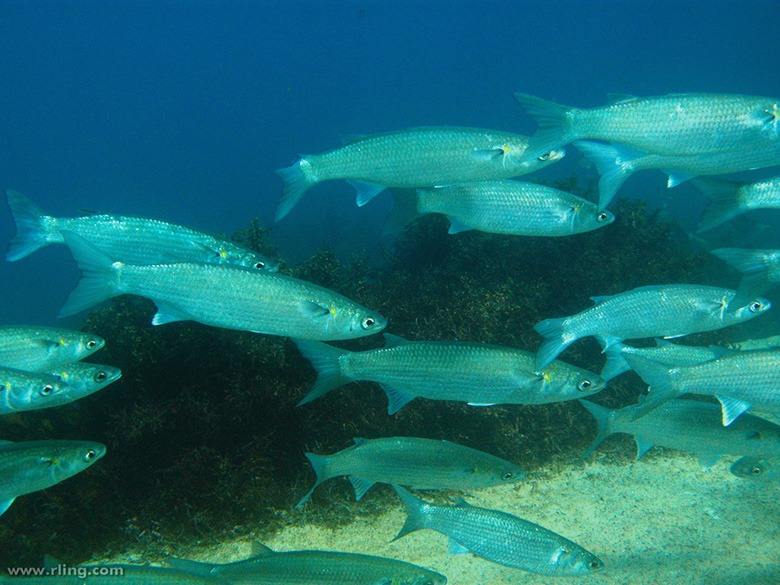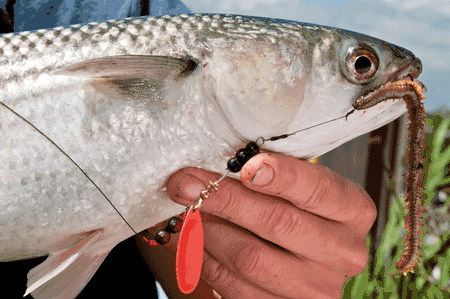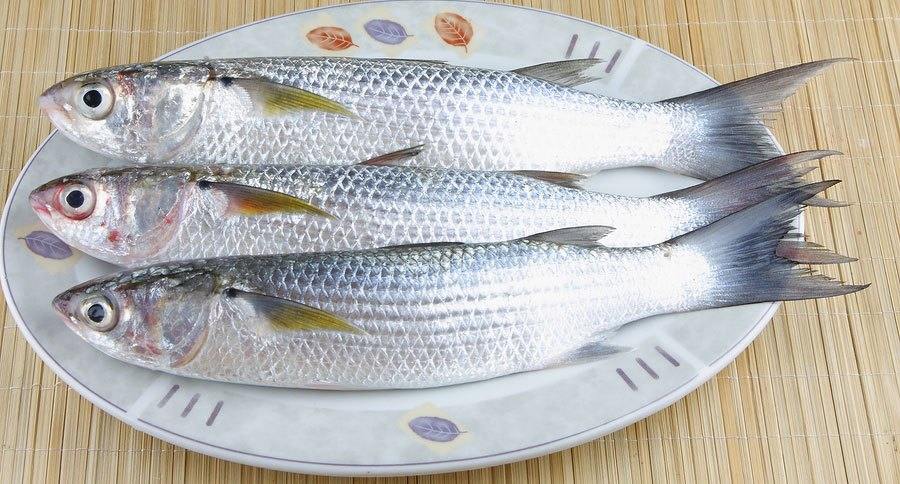Catching Mullet is one of my passions. For many people, catching Mullet is a great activity because you can eat them, use them as bait but mostly because it's the thrill of catching the big one and then letting it go and live to fight some other day.
Personally, I like catching the big ones so I could use them as the best Crab pot bait there is. Whatever your reason is, Mullet is amazing and they're awfully great fun for adult and kids. Nothing is as kai-oken!You can find Mullet both in Saltwater and Freshwater and there are numerous methods of catching them. I will discuss how to catch them using a handline or Rod and Reel and also how to catch them with the use of a commercial trap as well as the kind of bait you need and how to use the bait.
More...
Mullet - Description
Just like catfish, Mullet are what most laymen call "bottom-feeders", even though if you are hard-pressed I doubt whether any of them would be able to give you a definite or clear account of what they mean by the term.
Generally speaking, mullets eat anything they could, nourishing themselves on detritus, nibbling plants, as well as chasing the additional invertebrate. Have you ever witnessed what people feed chickens or hogs while on land and in farms?
An occasional mullet picking in the mud will really sound like a great idea as soon as you have seen that.

Many people often overlook Mullet as a game fish because of their reputation of being scavengers. It is a fact that mullet can be found gathering along the dock baiting stations, fishing vessels as well as any place with a possible food source.
Mullet are also aggressive fighters when they are hooked and really fun to catch. Preparing the water is just as important for catching Mullet as the actual presentation of bait.
Mullet also tend to stay in the shoreline, living in the murky, turbid waters close to outlets as well as estuaries where huge eyes are an advantage in navigating in the gloom. They also have a pretty high tolerability for many types of salinities and could sometimes swim up rivers and creeks in a fair way.
The omnivorous habit of a mullet means that the bait you need to use to get them hooked is not particularly attractive, which I think is a point against Mullets for many people.
Their feeding ground, however, is the sea and that is where you can catch Mullets. I think it could also be against them, in terms of fishing them because they are highly mobile and active, they also cruise a very wide range of habitats making them difficult to find.
Lastly, mullet are very hard to catch. Before, a lot of industrial fishers have caught them using huge gill nets. This resulted to a mass depopulation, habitat destruction as well as murderous by the catch numbers.
Luckily, huge scale gill netting was outlawed. This means that mullet populations have bounced back. Without a net, catching a mullet could be tricky, because the fish, naturally aware that it is a delicacy, is always watchful for predators. It really takes a lot of skill and lots of practice.
The Diet of Mullets
Mullets prefer algae, vegetation as well as plankton and hence the name "bottom-feeder". Mullets usually derive the taste of the water that they feed in so if you catch mullets from polluted water, they might not be tasty.
Mullets survive in tropical as well as subtropical areas, and crowd the waters of Florida's Gulf Coast. They usually gather in schools and can be seen jumping and skipping above the surface of the water.
This regular activity of mullets make them predictable to fishermen and make mullet schools easy targets for netting.
The weight of an average mullet is between 2 to 3 pounds and is a very popular game fish. Mullets are the only fish, which, like chickens have gizzards that grind vegetation for digestion.
The Ideal Baits For Fishing Mullets
Mullets, as already mentioned, are not quite selective when it comes to their diet and have a wide variety of food for their palates. Usually they are not interested in several baits and lures.
This means that in order to hook them, you must be patient enough to wait for their willingness to bite soft, squishy pieces of organic matter such as white bread.
Chumming The Water

Mullet are fond of areas with discarded fish as well as other bits and pieces of food material that enter the water. If you know about this, it might be easier for you to bait, or chum, the water to get ready for fishing. Broken fragments of bread or soft cat food should do the trick.
With the use of a detergent releasing bag, stockings or portions of it and other fine mesh, you can both hold and release food into the water. Use a small diameter cord to tie the ends or corners around the bag and then position it just a few feet away into the water where you will go fishing.
Simply keep on doing this process for two to three days so the mullet will get used to the location and they will keep gathering food in the same area.
Processed Food as Bait
Mullet like to eat the same food as humans. This means that preparing a bait and selecting a bait is pretty simple and direct. Once you have the bait, prepare a light line of around 6-pound test (monofilament) with a No. 6 Tru-Turn hook.
Place tiny pieces of sausage, hot dog, bread or cheese on the hook. A lot of leftovers is probably a good bait for mullet. Make sure that the bait small because mullet like to nibble their food instead of gobble.
Natural Bait For Mullet
Preparing natural mullet bait is a really effective technique of catching them. Mullet want to search along edges of water plants to find insects as well as larvae. Use maggots, small larvae and meal worms as bait for the mullet.
Make the hook size small so the hook is not going to overwhelm the bait. Tiny bits and pieces of earthworm or night crawler could also work well, but pieces need to be tiny so the mullet could take the bait into their mouths.
Before we conclude this post, you may want to look at this video on how to catch mullet:
Conclusion
A mullet could weigh from two to three pounds, and it is a pretty muscular and dense fish with a strong will to live and a tendency to fight back fishermen. If you see a mullet move, you will realize that it has many evasive maneuvers as soon as you catch them, zig-zagging through water until they find shelter.
Look out for stumps and obstructions, also, try to keep the bait away from them when you bring them to land.
With luck, you can have for yourself a mullet. How do you prepare a mullet for eating once you've caught it? Check my next post and I'll give you a few of my favorite mullet recipe ideas.


Leave a Reply